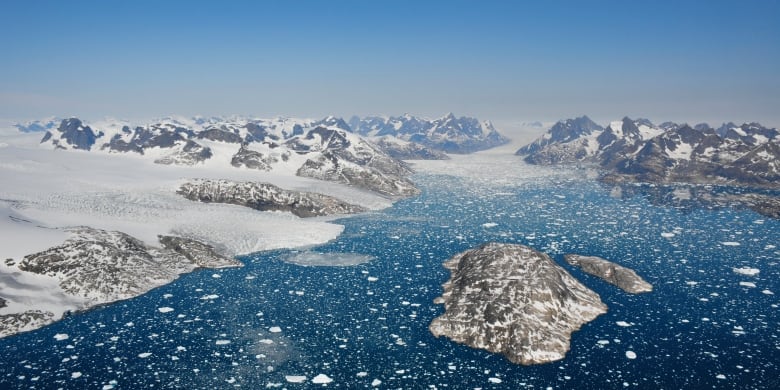Rising temperatures and shrinking snow and ice cover in the Arctic are endangering habitats, fisheries and local cultures, according to a report issued Tuesday by the National Oceanic and Atmospheric Administration (NOAA).
“A lot of people think of the Arctic as being a faraway place, but the loss of ice is affecting people now — it’s changing peoples’ lives,” said Don Perovich, a Dartmouth College geophysicist who contributed to the report. “It isn’t just a bunch of cold statistics.”
The Bering Sea, which lies between Alaska and Russia, is one of the world’s two most productive fisheries. But the Arctic region is warming more than twice as fast as the rest of the planet, the report found.
The past two years saw record low levels of sea ice — frozen seawater — floating on the Bering Sea during winter, the report also said. And the habitats of fish on which commercial fisheries and indigenous groups depend have shifted northward, according to the report released at the annual meeting of the American Geophysical Union.
“Fishing industries are built around the assumption that fish will be in a certain place at a certain time, but that’s changing in response to a rapidly changing Arctic,” said Waleed Abdalati, an environmental scientist at the University of Colorado-Boulder who was not part of the report.
For the first time, the U.S. agency’s annual “Arctic Report Card” includes observations from Indigenous groups who hunt and fish in the region.
“We look for the return of the sea ice every fall season,” wrote 10 representatives of the region’s more than 70 Indigenous communities. “The ice provides access to seals, whales, walrus, fish, crabs and other marine life for our subsistence harvests.”
The communities once saw the ice in the northern Bering Sea during eight months of the year, but now they only see it for three or four months, the report found.
Meanwhile, a new scientific paper published Tuesday in the journal Nature found the melting of Greenland’s ice sheet has accelerated. The melting is now seven times faster than in the 1990s.
“Greenland sea level contributions are actually exceeding the worst-case scenario [estimates],” put out by the Intergovernmental Panel on Climate Change, report co-author Benoit Lecavalier told CBC News.
“This is leading us to believe that we might actually need an even worst-case scenario to account for other trajectories the ice sheet could potentially take in the future.”

Less ice means feeding disruptions for many Arctic species. Polar bears stalk their prey, including seals, on ice. Ivory gulls scavenge on ice for scraps of those hunts, and for small fish and other creatures.
“Birds are migrating to the Arctic and not finding the food they need,” said Matthew Druckenmiller, a scientist at the University of Colorado-Boulder’s National Snow and Ice Data Center and one of the NOAA report editors. “They are showing up with empty stomachs on the beaches. The Indigenous communities are reporting seeing seabirds dead on beaches in numbers they haven’t seen before.”
Arctic Canada’s breeding population of ivory gulls has declined 70 per cent since the 1980s, the report found. This is likely due to loss of sea ice and contamination in the food chain.
“The ivory gull in the Arctic is like the canary in the coal mine,” said Abdalati. “It’s really incumbent on us to understand why these changes are happening, and what can be done.”
But then there are the people who are vulnerable to rising sea levels.
“There are a lot of coastal communities around Canada, and they’re built right on the water very often, and a lot of infrastructure is built on the water,” said Lecavalier, a PhD candidate at Memorial University’s department of physics and physical oceanography, in St. John’s.
“So it puts a lot of infrastructure and communities at risk.”















Leave a comment